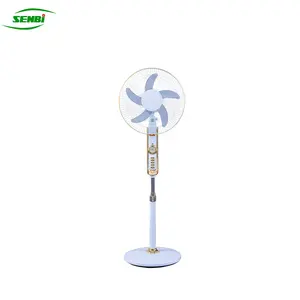
Prezzo poco costoso migliore qualità di funzionamento a batteria 12v in piedi fan per 18 pollici ac dc ricaricabile

TUVus 9 pollici 30W vento forte 3 velocità ventola portatile ventola di raffreddamento ad aria per interni plastica casa AC tavolo elettrico quadrato Smart Box Fan


Ventilatore da soffitto a Led moderno da 52 pollici a 5 pale con motore a corrente continua da 52 pollici con luce


Ventilatore pieghevole con telecomando ventilatore pieghevole ricaricabile da scrivania Dc ricaricabile con luce a led


DOE CEC 5v Li-on batteria plastica ricaricabile Wireless raffreddamento ad aria ventola pieghevole Desktop DC ventilatore da tavolo ventilatore elettrico portatile


Ventilatore da soffitto industriale da 120 pollici grande ventilatore da soffitto con motore a corrente continua a 6 pale in alluminio






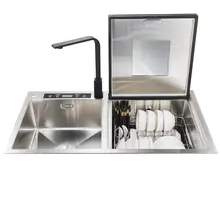


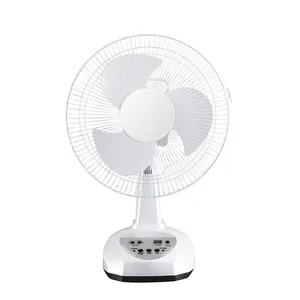

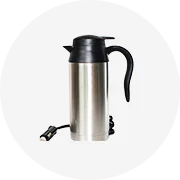

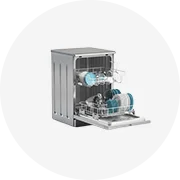
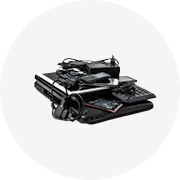
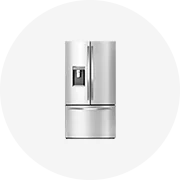

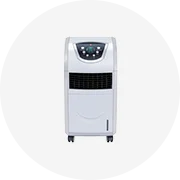
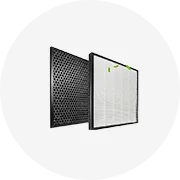
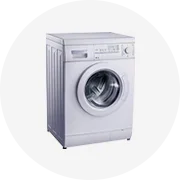

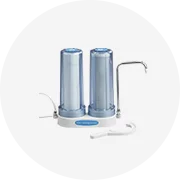
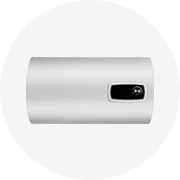
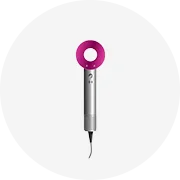








 浙公网安备 33010002000092号
浙公网安备 33010002000092号 浙B2-20120091-4
浙B2-20120091-4